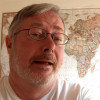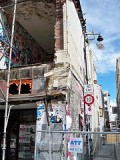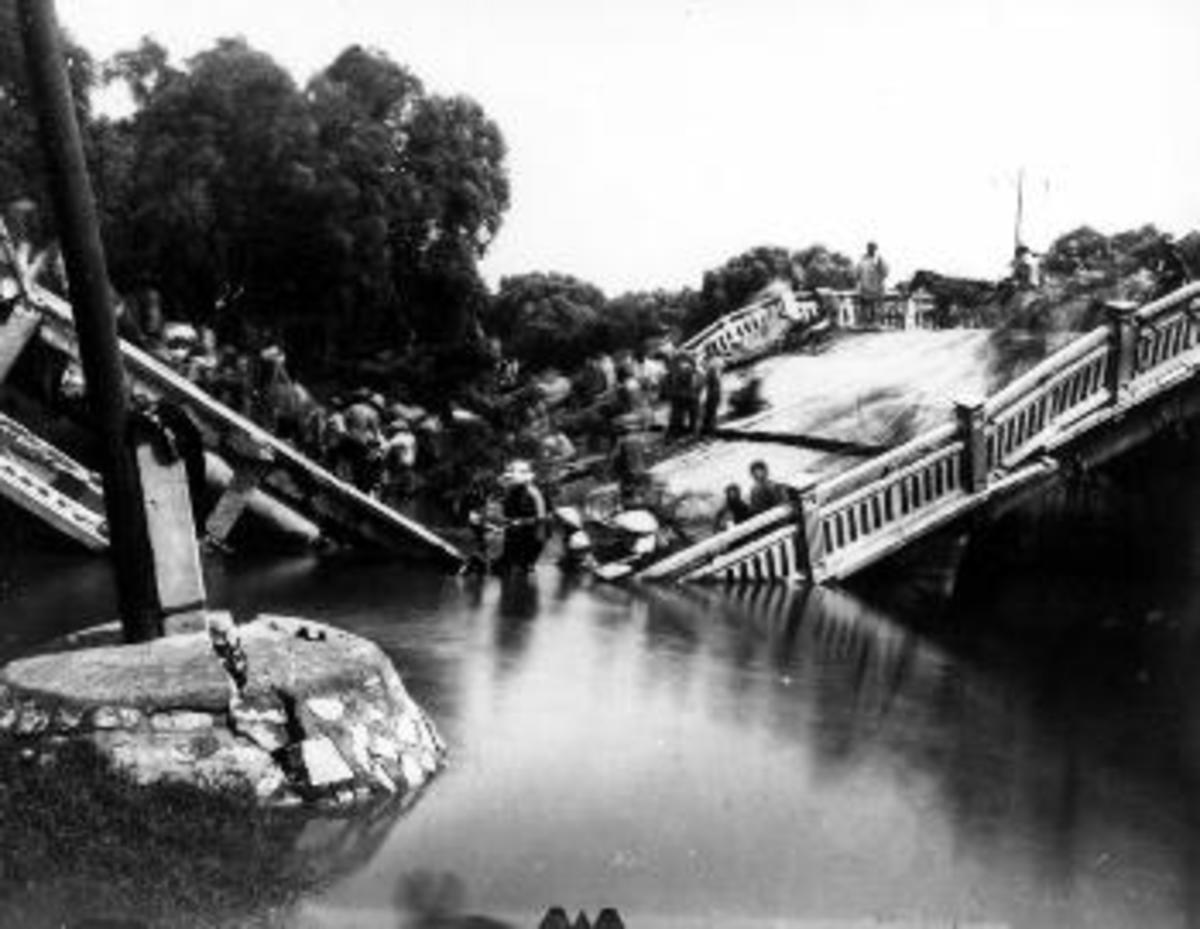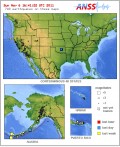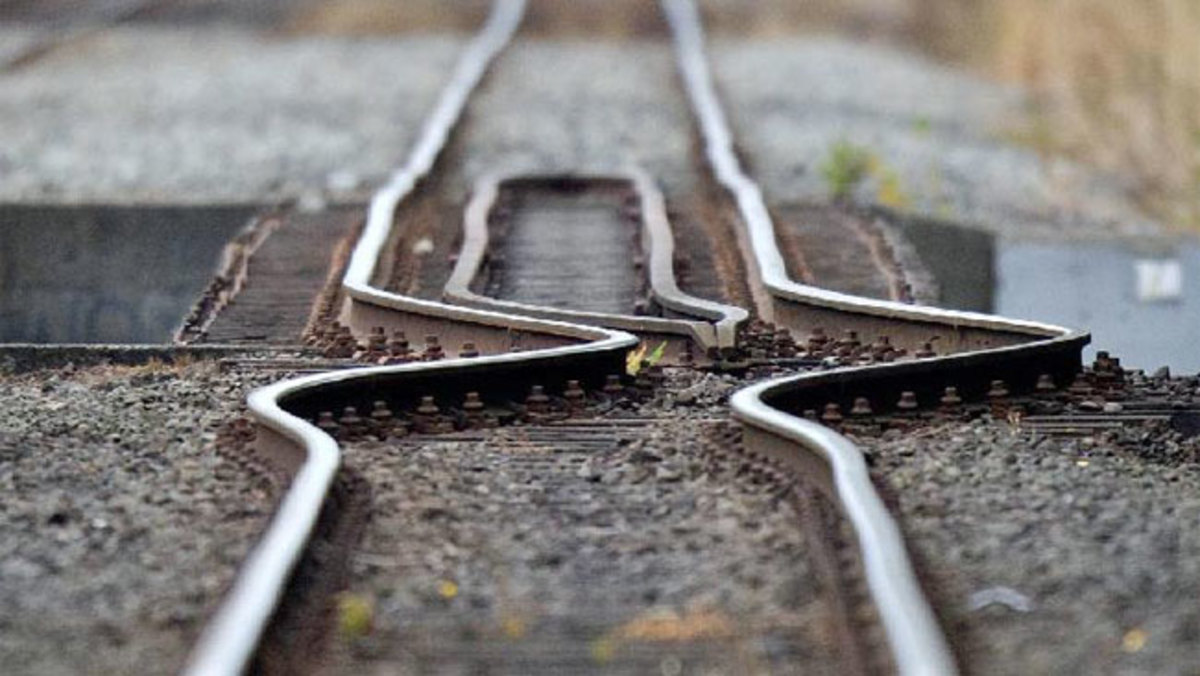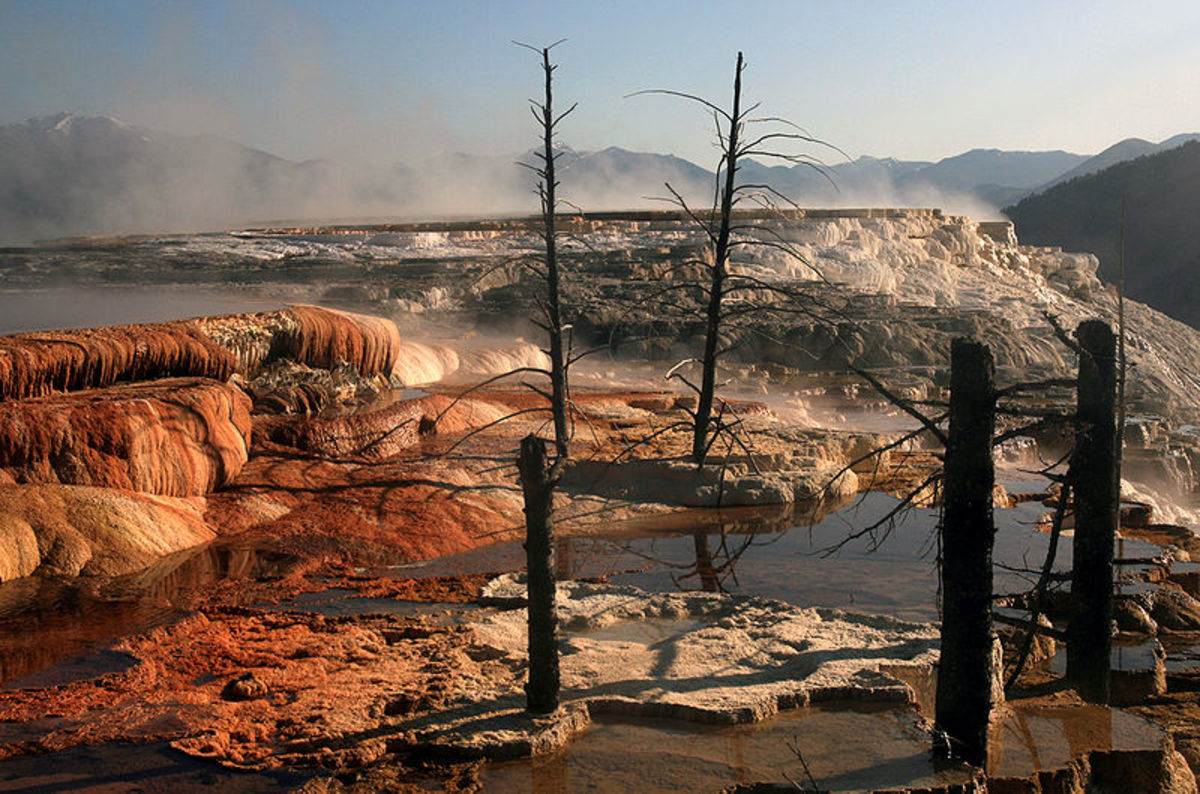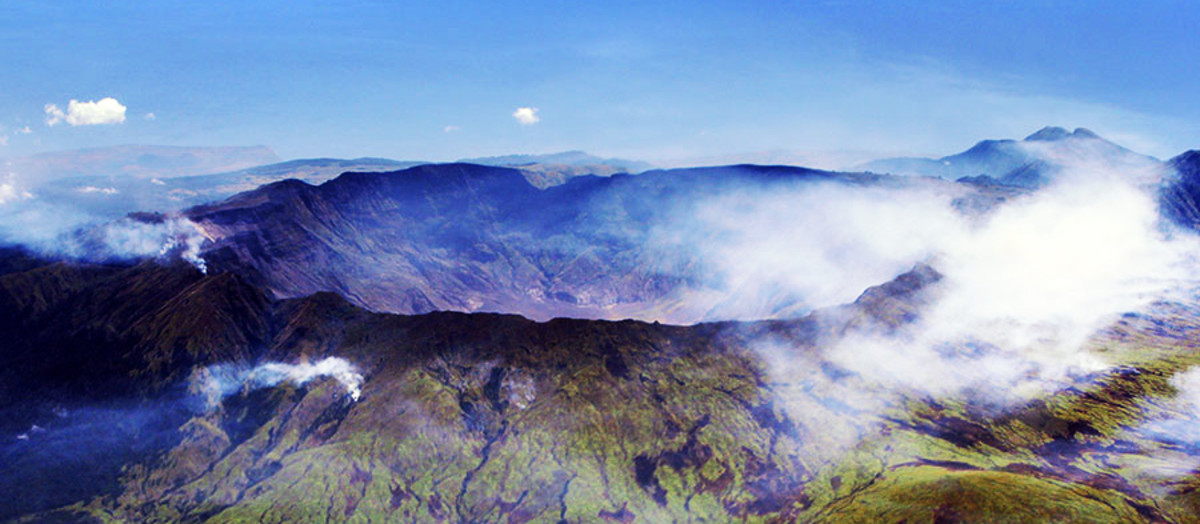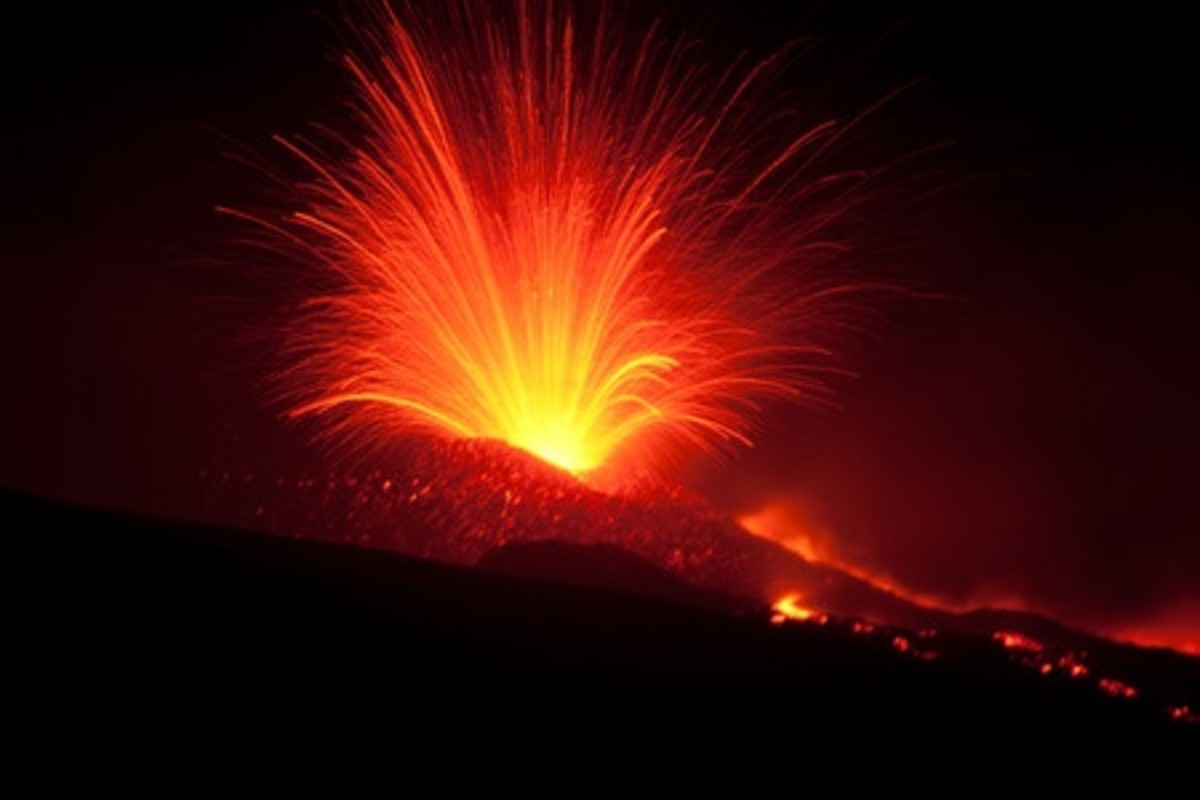Double Trouble: Hurricanes and Earthquakes Combined
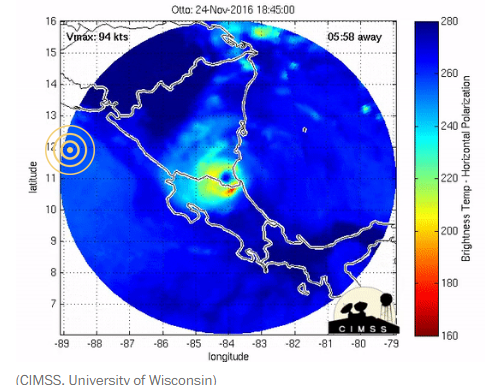
Coincidence or Cause and Effect?
Earth date 2016.11.24: At around midday local time, Otto, a Category 2 hurricane, made landfall in southeast Nicaragua with 110 mph (175 kph) winds. Fortunately it was in a sparsely populated area, near the border of Costa Rica. Not long after that (12:44pm, local time), a magnitude 6.9 earthquake occurred off the west coast of Nicaragua, 150 km (93 miles) SSW of the nearby country of El Salvador. Fortunately, that shock was not close enough or large enough to a populated center to cause any real damage. For the record, the distance between the two destructive forces of nature was no more than 400 km (250 miles); at the time of the earthquake.
Since I routinely investigate worldwide seismic events of at least 6.8 magnitude, I determined that this earthquake was, as far as astrology was concerned, a random event. However, there may be a connecting link or cause and effect relationship between the storm and the temblor.
In the June 2009 issue of the scientific journal Nature, scientists in Taiwan published a report that showed “a definitive connection between fault slip and changes in atmospheric pressure.” What they looked at specifically was how Typhoons appeared to set off small earthquakes along the fault between the Philippine Sea Plate and the Eurasian Plate.
This adds weight to the notion that a sudden plunge in barometric pressure can be the tipping point event that triggers an earthquake along a nearby fault that was about due to release its pent up stresses.

Not Just an Isolated Incident..
Another good example related to this idea is what occurred in Jamaica on 7 June 1692. On that date at 11:40am, local time, an earthquake of at least 7 magnitude struck the island at Port Royal. Approximately 2,000 people lost their lives as buildings tumbled and much of the land that was beneath them fell into the harbor. Unlike what happened recently in Nicaragua though, this one had a link to astrology, but there is also strong circumstantial evidence that it was triggered by a rare hurricane that hit the western side of the island at that time as well. Not only did this storm occur at about the same time and place, but this hurricane was a rare one in that it was the only one to have ever occurred in Jamaica in the month of June. Interestingly, hurricane Otto was the most powerful storm to reach landfall in the Caribbean area so late in the season. It was also one of two or three since 1950 that began in the Atlantic and ended up in the Pacific and still rated as a hurricane.
Ninety-two years after the 1692 Port Royal disaster, their was a category 2 hurricane which was at its worst between 8:30pm and 11pm, local time in the southern portion of Jamaica on 30 July 1784. A large, damaging earthquake of unknown magnitude reportedly occurred during the worst hour of the storm (at between 9pm and 10pm, local time). Many lives were lost and about a dozen ships were wrecked. It would appear that the hurricane did perhaps most of the damage but the earthquake added greatly to the misery. Interestingly, Astrological Aspect Values (or angular relationships between solar system bodies that related to past earthquakes) were peaking in a very big way approximately four hours after this earthquake.
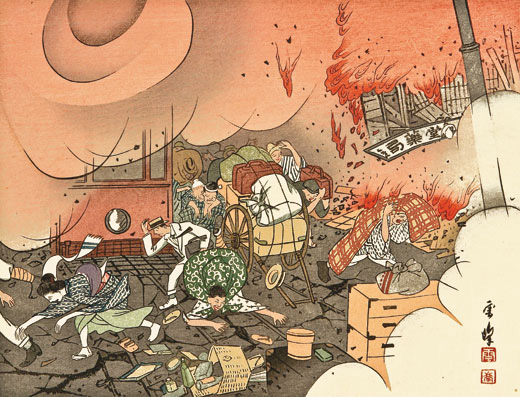
A Disaster the Japanese can Never Forget..
An even more disastrous example of earthquakes occurring during storms was the Great Kanto earthquake of 1 September 1923, which destroyed Tokyo in Japan, and took the lives of over 100,000 people there. A very large portion of the lives that were lost were due to fires that erupted all over the city caused by people lighting their stoves for the mid-day meal as the earthquake struck (at just before noon, local time). At the same time, the barometric pressure was falling rapidly due to an incoming typhoon and the wind speed soon grew to an intensity of 60mph. The fires burned for days because of the many uncontrolled fires that were whipped into fierce winds mixed with fire that incinerated tens of thousands of people. The only good thing that can be said about this earthquake is that the anniversary of it is used each year to prepare for future earthquakes.
That last disaster may be the worst case of such a connection between immense storms with near simultaneous releases of local seismic energy. The next catastrophe is controversial but often quoted so I have chosen to include it to make matters clearer than have been made in the past. Old lists of the most deadly of historical earthquakes often site a great earthquake occurring on October 11, 1737, which destroyed Calcutta, India and resulted in the death of 300,000 people.
After discovering an article dated January 1994 and written by Rober Bilham, I came to realize that most of the deaths were likely caused by waters along the Bay of Bengal rising to at least 40 feet above their normal levels. All reports indicated that there was a severe storm, but not all witnesses mentioned an earthquake. That does not necessarily mean that there was not really an earthquake but more likely that it was not the principle cause of the death and destruction.
At first I thought that this event occurred one to several days after a mega quake in the Kamchatka region of Russia. It turns out that the October 11 date was in the Gregorian or present calendar rather than the old Julian calendar. As a result, the destruction of Calcutta in October 1737 occurred 5 days prior to the Kamchatka earthquake and tsunami. It thus did not happen within the large window surrounding a significant spike in Astro-Aspect Values that occurred at the time of the Kamchatka earthquake. In other words, a huge earthquake would not be expected at this earlier time.
What makes this seismic event tarnished is the fact that the emphasis on what caused the destruction and death (the later quite possibly over exaggerated) was most likely due to a cyclone which caused the surge of water to inundate the populated areas along the Bay of Bengal shore. Some accounts, especially from sailors, insisted that there was an earthquake at the time of the storm, which there very well could have been, but unlikely to have caused a tsunami.
In summary: During the evening of the 11th of October, 1737 (perhaps almost the 12th of October), there was a cyclone that caused much death and destruction in Calcutta and surrounding areas (all but one of the 29 ships in the harbor were ruined for example). At the same time there was a significant seismic event in the area that was noticeable to many witnesses, but not all witnesses. This would seem to indicate that an earthquake occurred, similar to the event in Jamaica during the hurricane of July 30-31, 1784, but was not the primary cause of any damage or deaths.
In other words, it is still a possibility that this storm, causing a sudden and precipitous drop in barometric pressure, triggered a fairly large earthquake. However, the possible magnitude of the event would likely have been approaching a magnitude of 7 rather than a magnitude of 8 or more. Therefore, the listing of this event as an earthquake which caused hundreds of thousands of deaths is unjustified. However, many modern chroniclers have gone as far as to list this event as “Fake”, which this author feels is going a bit too far.
© 2016 Joseph Ritrovato
